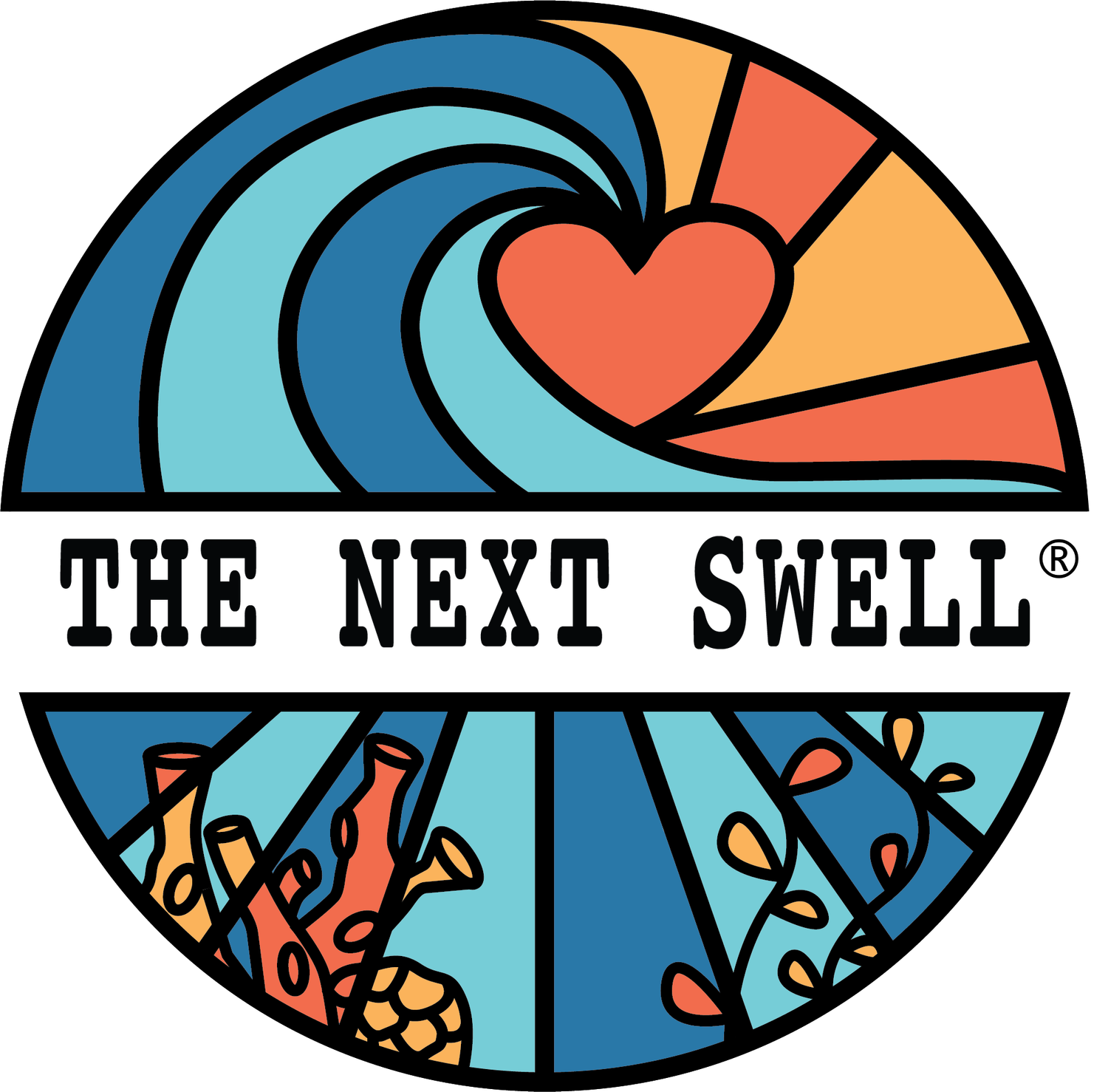Exploring the Dynamics of Salt Marshes
Hang out with Isha, 2023 The Next Swell Scholarship winner, and explore the wonderful world of salt marshes!
Growing up near Seattle, Washington, I developed a deep love for nature and the ocean. My passion for science blossomed in high school, especially when I learned about ecology. This interest led me to study the fascinating world of salt marshes, which are coastal wetlands known for storing a lot more carbon per unit area than forests.
Why Salt Marshes Matter
Salt marshes play a crucial role in capturing carbon, which helps fight climate change. However, we don't have much data on carbon emissions from these marshes during fall and winter when the grasses are dormant. This lack of information limits our understanding of how valuable these marshes are as carbon stores.
Many studies only measure carbon flux (the movement of carbon) from a single tower or a few spots in the marsh. This approach might miss the full picture because it doesn't account for variations in the landscape. My project aimed to fill this gap by measuring carbon dioxide flux across different areas of a salt marsh during fall and winter.
The Journey of Discovery
From October to February, we collected data using a portable sensor developed by our lab. This allowed us to gather many measurements across the marsh. I created a special method called the “funnel” configuration to capture these variations more accurately. It has several advantages:
Covers a large area: 18 meters in length.
Tests different distances: Measures flux at various points.
Controls for time and tide effects: Ensures measurements are consistent.
Key Findings
We discovered some interesting patterns. For instance, there was less variation in carbon emissions in January and February compared to October and November. This is likely because colder winter temperatures slow down microbial activity in the marsh.
Overcoming Challenges
Like any scientific project, we faced obstacles. At one point, a sensor stopped recording data, and we noticed some sensors had drifted, which we believe was due to a design flaw. Despite these setbacks, we gathered enough data to answer our research questions.
Sharing the Results
I presented my findings at the New England Estuarine Research Society’s spring meeting in Freeport, Maine, and won the Warren prize for the best undergraduate poster. Throughout the project, I wore many hats, from hardware engineering to data analysis. I also learned to operate a Picarro gas analyzer and became more skilled in using R and Excel for my data analysis.
Personal Insights
Interestingly, while I expected to love fieldwork, I found working in smelly, sulfuric soils less appealing. However, this project deepened my appreciation for salt marshes and their vital role in our ecosystem.
Looking Ahead
This experience has been invaluable for my professional growth. I'm excited about the possibility of contributing to a scientific publication and strengthening my application for graduate programs in oceanography and coastal ecology.
Future Questions
At the NEERS meeting, I discussed with other researchers various factors that might affect carbon flux, such as historical land use, groundwater proximity, and vegetation type. If I had more time, I'd love to explore these questions further.
This study highlighted the importance of capturing fine-scale variations in carbon emissions, which has significant implications for future research and carbon budgeting efforts. Collecting carbon flux data during fall and winter is a valuable contribution in itself.

